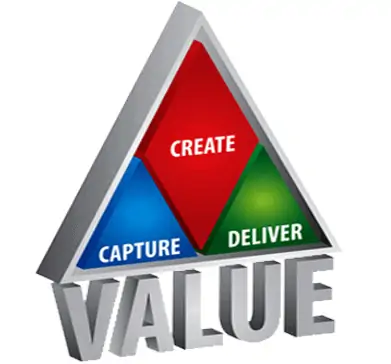Clients often have a fixed perception of accountants and their roles. They may find it strange that you want to be involved in helping them build their business as an advisor. Some may even resist your attempts to take on this advisory role, preferring you to simply handle the numbers in the background.
This resistance stems from the traditional view of accountants as solely responsible for bookkeeping and compliance work. However, as an accountant, you have the potential to offer so much more to your clients. Unfortunately, they may not be aware of how involved and impactful your services can be in all aspects of their business.
Clients don’t know about the new generation of accountants
Clients often underestimate the full range of services you can provide. When they hold onto this misconception, it not only limits their potential for financial growth or business success, but it also restricts their opportunities for generating revenue.
When clients fail to recognize the value you bring to their endeavours, there is a higher likelihood that they will not adequately compensate you for your efforts. This is especially true in shorter-term engagements.
For example, consider a client who is looking to open a restaurant. They are currently in the process of acquiring equipment, sourcing suppliers, hiring staff, marketing their establishment, and searching for an ideal location. They reach out to you and inform you that they have found a location at a specific cost. They seek your expertise in determining whether this fits within their budgetary constraints.
If you frequently find yourself in situations where clients try to negotiate prices and request immediate completion of forecasts, it may indicate a significant issue in your client relations. It’s important to note that these exchanges demonstrate a lack of appreciation for the work you provide. Moreover, by allowing clients to dictate the terms of these conversations, you ultimately compromise your profitability with each request.

Insisting on value
In order to guide the conversation, it would be beneficial to inquire if the client has any uncertainties regarding their financial situation. It is important for individuals to have a clear understanding of their financial limitations before making substantial purchases.
The client may respond by expressing the need for professional guidance in forecasting their finances. For instance, they might mention that they have exceeded their budgeted amount for staff hiring. This suggests that they may not have a firm grasp of their financial situation.
At this point, you can assert control and demonstrate the value of your services. Explain to them that based on the information you have gathered so far, it appears that they have not accounted for a contingency fund and there may be opportunities for savings in other areas. However, in order to provide a thorough assessment and offer tailored advice for their long-term financial security, further evaluation of the business as a whole and its finances will be necessary. The cost of this comprehensive business assessment and forecasting service is $XYZ.
By offering your expertise, you are assisting them in opening their restaurant without succumbing to overwhelming debt. You are essentially enabling them to establish their business while maintaining control over costs.
It is undeniable that your contribution has been invaluable to their success. By demonstrating the value of your involvement in their financial matters, you have shown that their investment in your services not only saves them money but also sets them up for a more prosperous future. So, when facing a client seeking a hastily provided and discounted service, take the time to ask probing questions. By delving deeper into their current situation, you may reveal to them the critical need for expert financial advice throughout all stages of their enterprise. By doing so, you will further showcase your worth and be able to set appropriate fees for your services.




